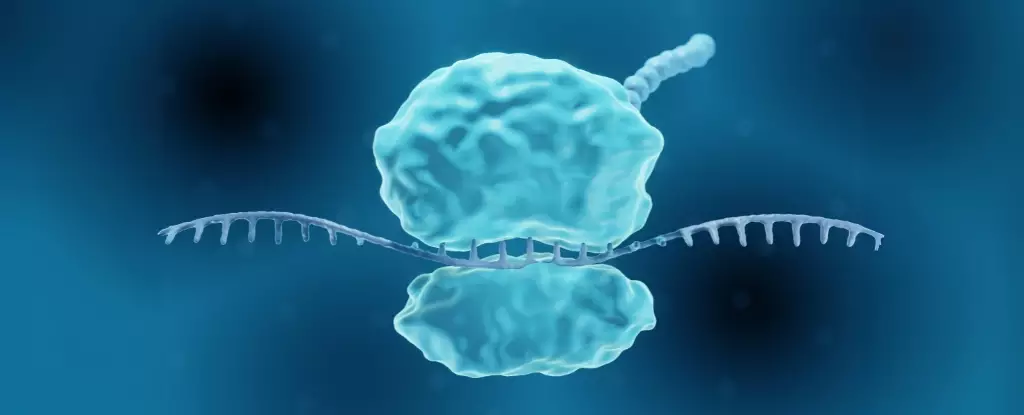In an era where pandemics have reshaped societies and economies, the quest for universal viral defenses remains a tantalizing goal. Recently, scientific breakthroughs have unveiled a perplexing genetic anomaly: a mutation in the interferon-stimulated gene 15 (ISG15) that grants individuals an extraordinary resilience to viruses. Unlike traditional immune responses that often struggle to keep pace with rapidly evolving pathogens, this mutation appears to create a near-invulnerable state—an immunity that is both profound and enduring. Such a discovery forces us to reconsider not only how we think about illness and health but also the ethical and practical implications of harnessing this knowledge.
This mutation induces a persistent, yet mild, inflammatory state across the body—an immune system continually on alert without tipping into disease or chaos. Astonishingly, individuals with this genetic quirk have experienced common viral infections like the flu or measles yet suffer little to no severe symptoms. This challenges the conventional narrative that immune activation should be a sharply controlled, transient process; instead, it suggests that a low-level, sustained immune readiness might be the true foundation for universal viral resistance. The implications are staggering: could we, in essence, engineer a populace capable of repelling viruses with a fraction of the collateral inflammation that usually accompanies immune responses?
From Nature to Laboratory: A Shift Toward Proactive Defenses
Building upon this revelation, researchers are making strides toward translating this natural phenomenon into practical interventions. Through advanced mRNA technology, similar to the platforms that underlie COVID-19 vaccines, scientists have demonstrated that temporary induction of ISG15 deficiency—and consequently, the production of key antiviral proteins—can be achieved in lab animals like mice and hamsters. These proteins act as a multilayered defense, targeting viruses at various stages of their life cycle. The ability to stimulate this arsenal briefly, yet effectively, opens the door to powerful short-term protections that are not dependent on pre-existing immunity to specific pathogens.
This approach suggests a pivotal shift: rather than relying solely on pathogen-specific vaccines, we could develop broad-spectrum, temporary shields that respond to emerging threats with remarkable agility. If perfected, such a technology might be deployed preemptively in healthcare settings, during early outbreak stages, or for frontline workers facing unknown viral foes. The transient nature of this immune boost—lasting only a few days—may initially seem limiting, but its strategic value in crisis scenarios cannot be overstated. In a pandemic landscape increasingly characterized by uncertainty, having a universal, quick-acting antiviral shield could prove revolutionary.
Overcoming Technical and Political Hurdles: A Cautionary Perspective
Despite its promise, the path forward is fraught with formidable obstacles. One of the most significant technical challenges resides in safely and effectively delivering mRNA instructions within the human body. Achieving precise targeting without unintended side effects or inflammatory damage remains an unfulfilled goal. Moreover, if this therapy is to become widespread, regulatory agencies and medical communities must grapple with questions about safety, duration, and potential long-term consequences.
Adding to the complexity is the current political climate surrounding mRNA technology. Just as vaccine hesitancy has hindered previous public health campaigns, skepticism and resistance threaten to obstruct the deployment of such innovative approaches. Past controversies over genetic and gene-based therapies could cast a long shadow, making policymakers hesitant to endorse widespread use. In an environment where misinformation spreads rapidly and public trust wavers, advocating for technologies that manipulate our immune systems could be perceived as risky or even dangerous.
Yet, the potential benefits—saving millions from future viral catastrophes—demand a rigorous, balanced, and science-driven response. The story of ISG15 isn’t merely a scientific curiosity; it exemplifies the kind of bold, innovative thinking needed to confront the looming threats of pandemics. While caution is warranted, complacency and resistance are not options if we aim to build resilient societies capable of withstanding the test of time.


Leave a Reply